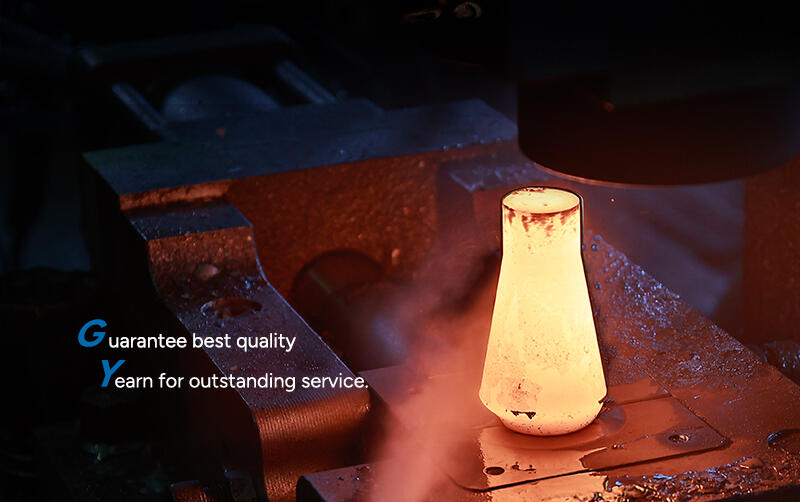Understanding Forging in the Automotive Industry
Introduction
Forging is a vital manufacturing process that involves shaping metal using localized compressive forces. This method is crucial in producing high-strength, durable components for various industries, especially automotive. This article will explore the specifics of forging, the types of automotive parts produced, the mechanics behind forging, and the machinability of forged parts. The aim is to provide a thorough understanding of why forging is essential in the automotive sector.
What Automotive Parts Are Made by Forging?
Automotive parts made by forging include:
- Crankshafts: Essential for converting the linear motion of pistons into rotational motion.
- Connecting Rods: Connects the piston to the crankshaft, transmitting motion.
- Camshafts: Control the opening and closing of engine valves.
- Gears and Transmission Parts: Critical for the smooth operation of the vehicle’s drivetrain.
- Steering Knuckles and Spindles: Integral to the steering system.
- Suspension Components: Provide the necessary strength and durability for handling loads and impacts.
What Is Forging in Mechanics?
Forging in mechanics refers to the process of shaping metal through the application of compressive forces. This can be achieved through various methods such as hammering, pressing, or rolling. The primary goal is to refine the metal’s grain structure, enhancing its mechanical properties like strength, toughness, and fatigue resistance. Forging can be performed at different temperatures, leading to classifications like hot forging, warm forging, and cold forging.
Can Forged Parts Be Machined?
Yes, forged parts can be machined. While forging provides a near-net shape, machining is often necessary for achieving precise dimensions and surface finishes. The machining process involves removing excess material to meet the stringent specifications required for automotive components. The enhanced mechanical properties of forged parts, such as improved hardness and strength, make them well-suited for applications where reliability and performance are paramount.
What Parts Are Forged?
In addition to automotive components, many other parts are forged due to the superior qualities imparted by the forging process. These include:
- Aerospace Components: Turbine blades, landing gear, and structural parts.
- Oil and Gas Industry Parts: Valves, flanges, and fittings.
- Construction Equipment: Heavy machinery components and structural elements.
- Hand Tools: Wrenches, hammers, and pliers.
- Medical Devices: Surgical instruments and implants.
The Forging Process
The forging process involves several key steps:
- Heating: The metal is heated to the appropriate temperature to increase its malleability.
- Deformation: The heated metal is then deformed using hammering, pressing, or rolling to achieve the desired shape.
- Cooling: The forged part is cooled, often rapidly, to lock in the improved mechanical properties.
- Finishing: The forged part undergoes machining and other finishing processes to meet precise specifications.
Advantages of Forging
- Enhanced Strength: Forged parts exhibit superior mechanical properties due to the refinement of the metal's grain structure.
- Material Efficiency: The process minimizes material waste, making it cost-effective and environmentally friendly.
- Versatility: Suitable for a wide range of metals and capable of producing parts of varying sizes and shapes.
- Reliability: Forged parts are known for their reliability and performance in demanding applications.
Conclusion
Forging is a fundamental process in the automotive industry, producing critical components that ensure the reliability, performance, and safety of vehicles. The ability to produce parts with superior mechanical properties makes forging indispensable. As the demand for high-quality automotive components continues to grow, forging will remain a cornerstone of modern manufacturing.
By understanding the forging process and its applications, stakeholders in the automotive industry can better appreciate the importance of this manufacturing method and its impact on the production of high-performance automotive parts.


